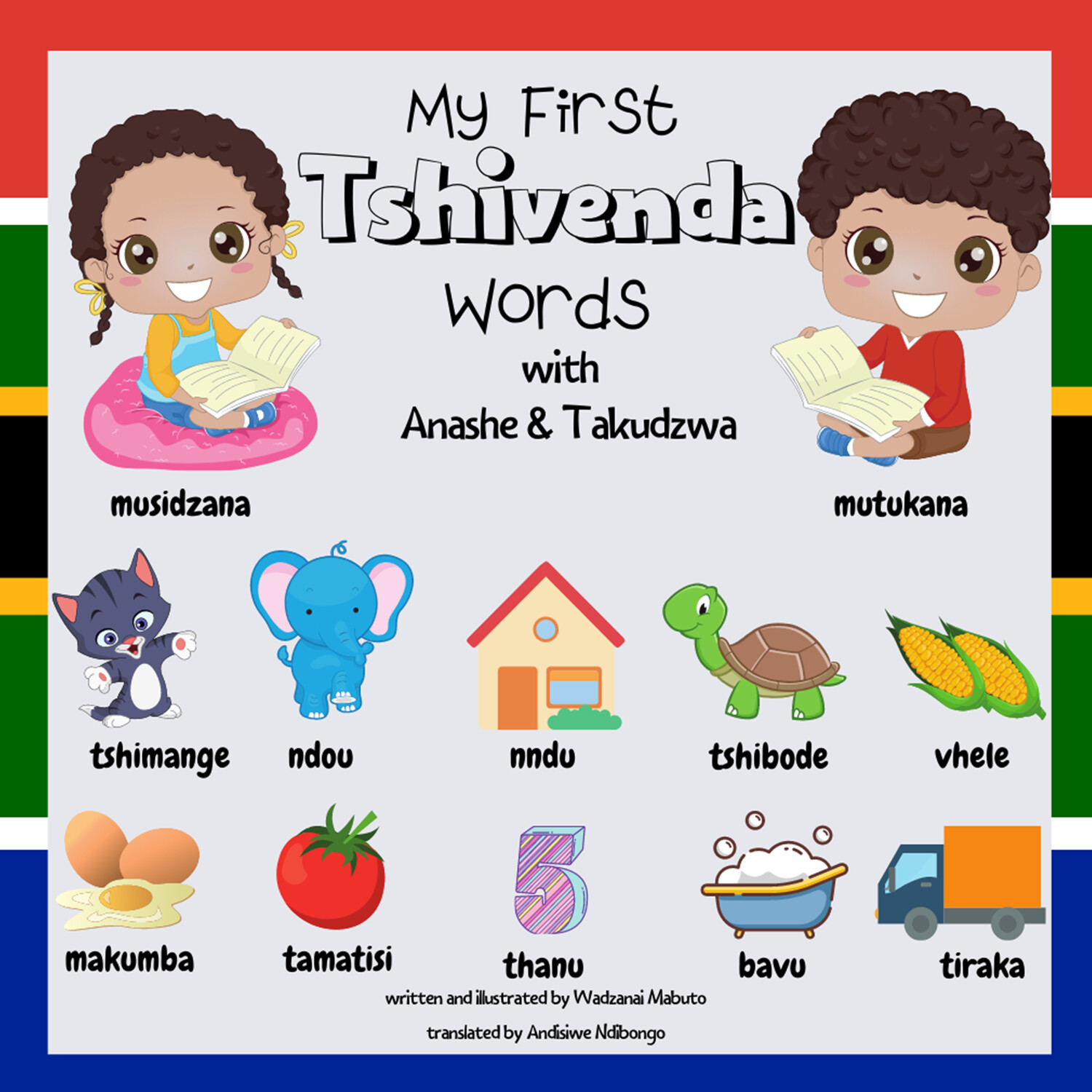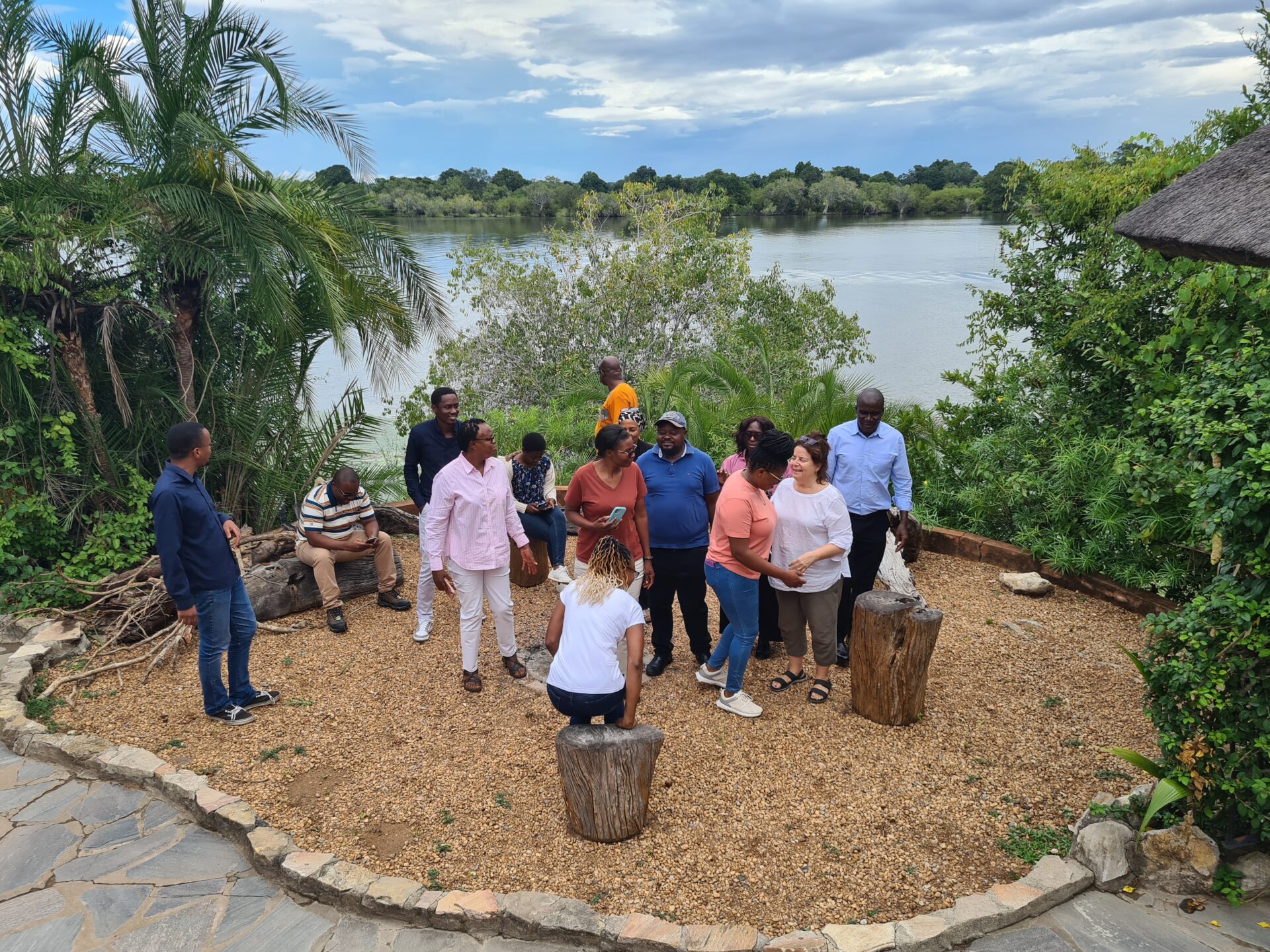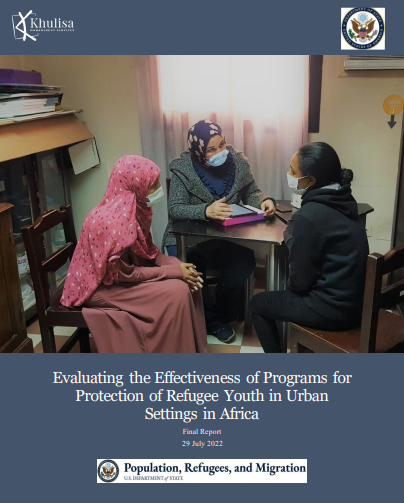
| Sector: | Education | |
| Period: | 2022 - In Progress | |
| Services: | Monitoring & Evaluation (M&E) | |
| Country: | South Africa | |
| Client: | USAID Southern Africa | |
| Capacity Building: | Yes |
Objective:
The U.S. Agency for International Development (USAID) Southern Africa, in consultation with South Africa’s Department of Basic Education (DBE), raised the need to conduct a study on setting early grade reading benchmarks in Tshivenḓa, one of South Africa’s 11 official languages.
Establishing reading benchmarks for Early Grade Reading (EGR) creates greater awareness of early milestones in reading development and helps teachers and schools ensure learners are reading at the required level. Under the PERFORMANCE IDIQ issued in 2018, Khulisa developed design reports outlining the approach, data collection and analysis procedures, and methods to establish African Language Benchmarks.
As a result of these initial reports, Khulisa received a task order in 2021 to collect data and develop reading benchmarks for Setswana (another official South African language) Home Language (HL) and English First Additional Language (EFAL) for Grade 1, Grade 3, and Grade 6. The DBE also commissioned reading benchmarks for the other South African languages. But Tshivenḓa, a Southern Bantu language mainly spoken by the Venda people in the northern part of South Africa’s Limpopo province, is one of the South African languages that had not yet established early grade reading benchmarks. According to the 2011 census, 1.2 million people, or 2.2% of South Africa’s population, speak Tshivenḓa as their first language.
The purpose of this study is to collect robust and quality data for analysis and establish reading benchmarks for Tshivenḓa Home Language learners in Grades 2, 3, and 6. The methodology will consider the fact that different benchmarking methods may be needed for Grade 2 and 3, and for Grade 6.
Approach:
Khulisa’s technical approach builds on our experience conducting earlier EGRS studies, the Reading Support Project (RSP) implementation evaluations, the data collection and analysis for setting benchmarks for Setswana HL and EFAL, and in producing reliable data while considering budget, time constraints, and other practical issues.
No EGR assessment tool had been developed for Tshivenḓa previously, so the Khulisa team factored in time for developing grade-specific EGR assessment tools, piloting, and analyzing the data for tool validation. We sampled 62 schools and assessed more than 7,200 learners. While the benchmark data does not require the use of any contextual data, we administered one survey for HL and EFAL teachers.
Impact:
The Tshivenḓa EGR benchmarks for Grades 2, 3, and 6 provide a benchmark against which learners can be monitored to check their progress and confirm if they are mastering the components of reading according to age, grade, and milestones. The benchmarks further provide a measure for schools, districts, provinces, and the DBE to measure the quality of education delivery.
Key Staff:
Margaret Roper
Zamo Thwala
Tshandapiwa Tshuma
Sithabile Ntaka


